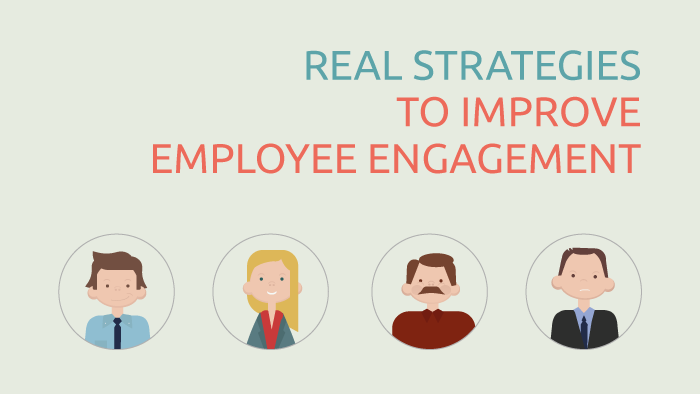By Sarah O’Brien

Delight the customer, astound the customer, serve the customer, the customer comes first – we’ve all heard it. We’ve probably even said it after receiving poor customer service.
Chances are, we’ve also probably been on the other end, the one serving a customer that is just impossible to please, and wished for a second (okay, longer than a second) that we could remind them that we’re a person, too.
If customer service is a core competency for your organization, then the reality is at some point, you’ve put your employees’ experience second to the experience of your customers. If that is the trend, or if you’ve made customer experience the top priority, then you’ve lost sight of an important reality; you cannot expect unhappy employees to deliver great customer service.
Employees, not customers, should be the top priority for management.
Developing your employees creates a positive work culture that feeds not only customer service, but overall business performance.
Customer service as a core competency is one of the most important skills that you need your organization to cultivate. Hiring the right employees is part of it, and the right employees are well trained, properly equipped to perform their jobs, motivated to perform, and are being effectively coached and managed through their time with your organization. Put simply, the right employees are engaged.
Employee engagement is a popular topic that we’ve discussed in depth on our blog and in our content, but it breaks down into a few main focuses.
Mainly, engaged employees are committed to the organization’s goals and values, they know that when they serve someone well they are serving the organization well; they personally contribute to the success of the organization, and feel a deep sense of personal reward for making a difference.
These feelings don’t come naturally, and they don’t come to employees who aren’t receiving sufficient support from their organization. Your organization needs to embody a culture of service from the top down if you expect your employees to deliver outstanding customer service.
This is what organizational psychologists call linkages.
Organizations do not fail because of what they do, but because of a lack of connection between functions. When considering the function of customer service, if you want industry-leading customer support then you need to create a culture of industry-leading employee engagement.
Multiple reports show us that only about 30% of the workforce today is engaged at work, which means there is a tremendous short fall in the quality of customer service. This means that an engaged customer service team will outperform around 70% of the market.
If you care for your employees they will care for your customers, because they truly care about the success of your organization.
If customer service is a core competency for your organization, you cannot afford to ignore how your employees feel about your organization, their jobs, leadership, their opportunities for advancement, and your customers.
For more on how to realign your organizational focus onto your human capital, check out this 1-minute preview of “Customers Come Second” from The BizLibrary Collection here:

For more information on the attitudes that affect employee engagement, download our free ebook:
Sarah O’Brien researches and writes on a variety of business topics, including workplace dynamics, HR strategies, and training trends and technology.

